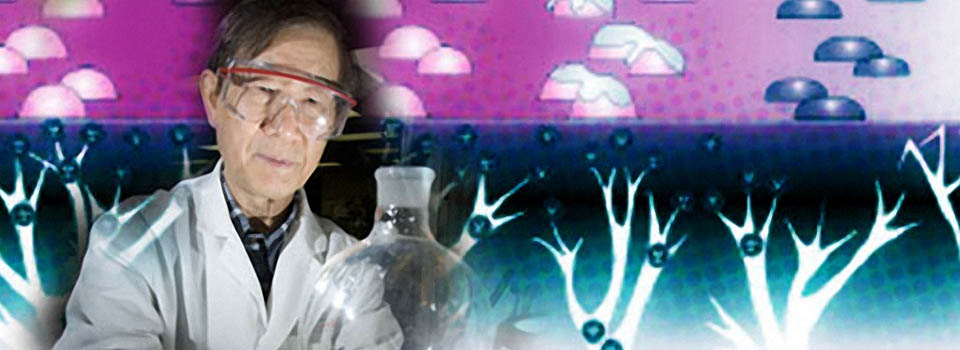Researchers at UGA and Yale University have discovered a compound with the potential to be more effective than existing agents in treating the very painful blisters known as shingles – a condition that affects up to 30 percent of Americans, mostly elderly, and for which no specific treatment exists.
Most adults remember the fever, itchy blisters and possibly tiny scars they experienced as children when they had chickenpox, which is caused by the varicella-zoster virus, or VZV. Unfortunately, that memory can come back – with a vengeance – when they are older. The VZV virus from childhood chickenpox hides in the nerves, emerging most frequently in adults over the age of 60 as a blistering rash on one side of the body. The rate of complications, including nerve pain that can persist for months or years after the shingles attack is gone, also increases with age.
The novel and effective anti-shingles agent called L-BHDA may change that. Rights to the shingles treatment have been licensed to Bukwang Pharmaceutical Company for preclinical investigations by the University of Georgia Research Foundation, Inc. and Yale University.
“We need new options for medications with increased potency and specificity that can treat VZV, including strains that may be resistant to existing drugs,” said medicinal chemist Chung (David) Chu, Distinguished Research Professor of Pharmaceutical and Biomedical Sciences at UGA, one of the inventors of L-BHDA.
A collaboration between Chu and co-inventor Yung-Chi (Tommy) Cheng, the Henry Bronson Professor of Pharmacology at Yale, has resulted in an extensive portfolio of antiviral compounds that target such diseases as HIV, shingles, hepatitis and cancers.
Chu, who is head of the Drug Discovery Group in the UGA College of Pharmacy, said that although there are generic antiviral drugs to reduce the duration and pain of shingles, and a variety of pain medications and topical creams to relieve long-term pain, “They are only moderately effective. We need more effective anti-VZV agents.
“L-BHDA has the potential to be more effective than existing agents,” said Chu. He noted that the new compound has been tested in the laboratory and demonstrated in mice models.
A vaccine to prevent shingles, available to older adults since 2006, can cut the likelihood of a shingles attack in half. However, according to a recent study in the American Journal of Preventive Medicine, only a small percentage of older people receive the shot, principally because of cost, lack of insurance reimbursement and shortage of supply.
“Dr. Chu and Dr. Cheng have been working diligently to fill a much needed gap in the treatment options for such a prevalent disease,” said Rachael Widener, UGARF technology licensing manager.


